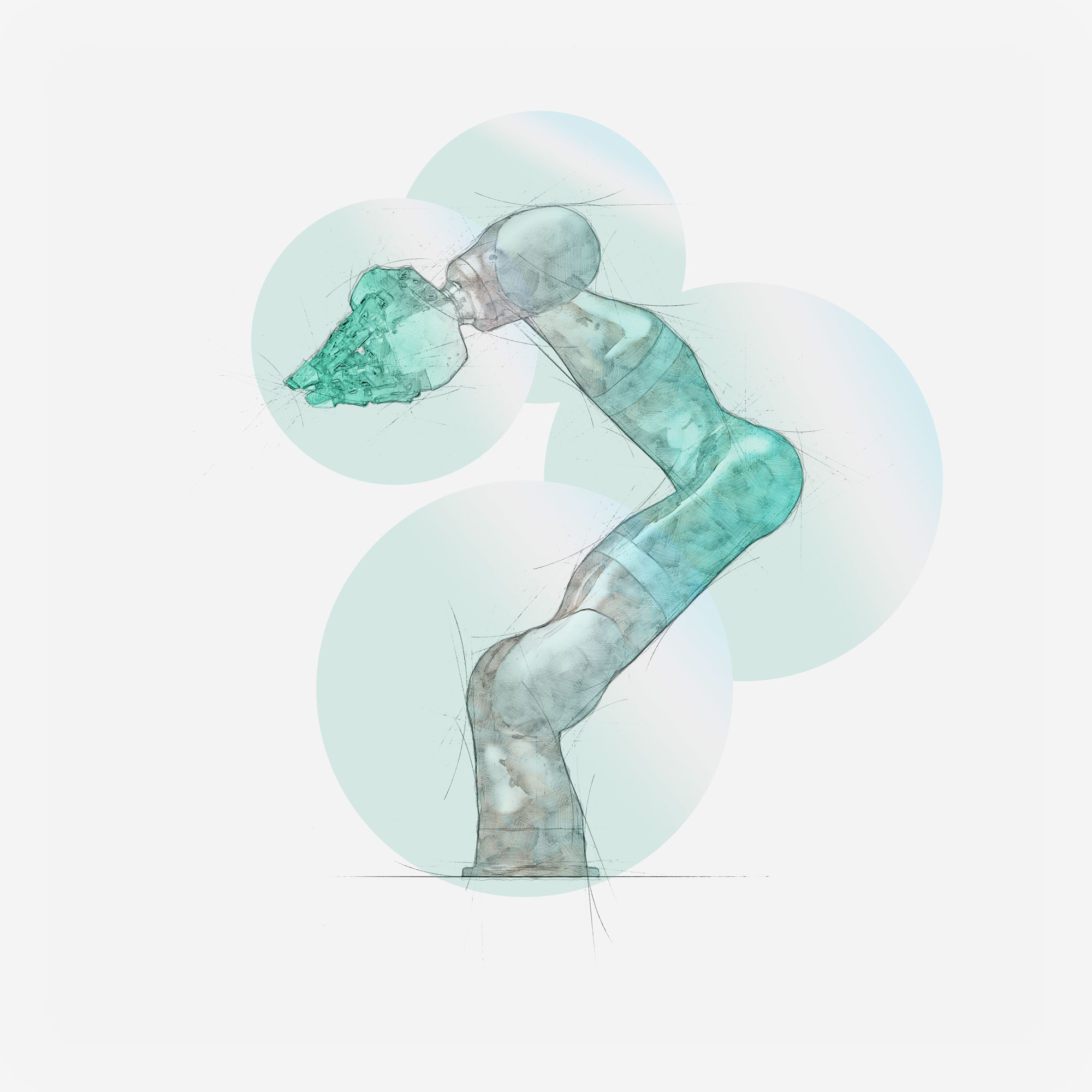The idea behind smart factories and smart production lines is gathering data and analyzing them to be able to define actions on specific identified states. But although large amounts of data are gathered within machines, processes, and production lines in factories, very little of this data is really put to use today.
With cognitive machines and cognitive production, engineers will be able to make use of all data gathered. Machines will start to learn about their normal and abnormal behavior, allowing not only the detection of failure but also its prevention by employing predictive maintenance procedures.
Custom-fitted, sophisticated models allow machines to start to grasp their environment, learn from experience, and mimic the cognitive processes of human workers.
Industry 4.0 means HPC
The process of learning requires data acquisition, data storage, and data analytics in the first place. Considering the substantial amount of data to be handled, there is a need for high performance computing (HPC) on small to mid-size compute clusters.
In most cases, the analytics and learning phase requires intense computation work best carried out on modern HPC systems. Fraunhofer SCAI assists partners with such needs and helps them to exploit the full potential of optimization.
Note that the applications after the learning phase in Industry 4.0 are usually carried out by embedded system devices. The optimization challenge now is that the systems have to react in real time. SCAI provides the expertise to reduce the computational effort and to satisfy such real time constraints.
Combining HPC resources and methods with the digitalization of factories will reduce total costs of ownership, increase the productivity of the system, and improve competitiveness.
SCAI provides the mathematical and computational know-how for making such ideas come true.
Human-machine interaction
In the future, cognitive machines will be able to acquire a kind of self-conscience. With the support of SCAI’s mathematical models and learning techniques, carefully tuned to specific use cases, those machines will be able to achieve much more, by gaining a notion of their environment.
Combining a multitude of senses, they will develop an understanding of their surroundings. This is essential for interacting with other machines and even with humans
